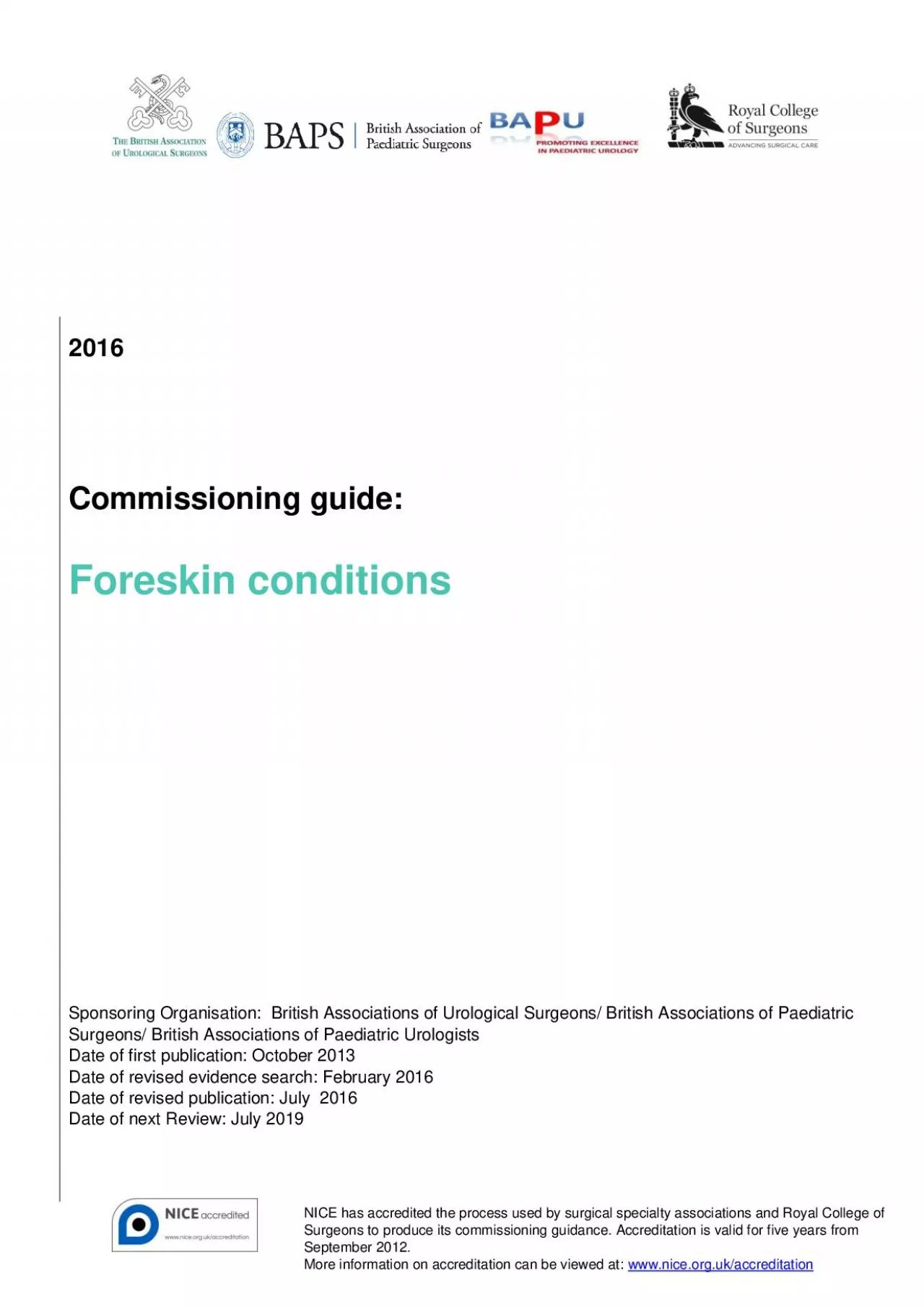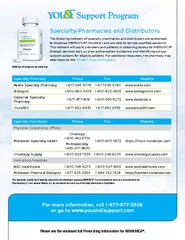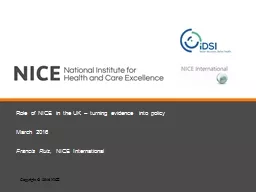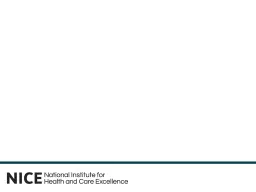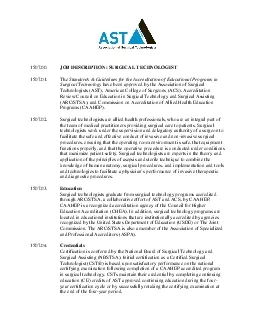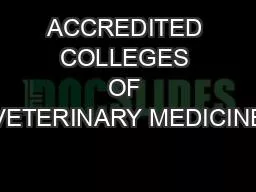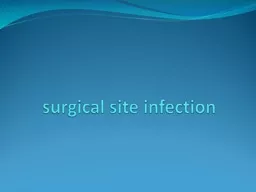PDF-NICE has accredited the process used by surgical specialty association
Author : elyana | Published Date : 2022-09-22
Surgeons to produce its commissioning guidance Accreditation is valid for five years from September 2012 More information on accreditation can be viewed at wwwniceorgukaccreditation 2016 Com
Presentation Embed Code
Download Presentation
Download Presentation The PPT/PDF document "NICE has accredited the process used by ..." is the property of its rightful owner. Permission is granted to download and print the materials on this website for personal, non-commercial use only, and to display it on your personal computer provided you do not modify the materials and that you retain all copyright notices contained in the materials. By downloading content from our website, you accept the terms of this agreement.
NICE has accredited the process used by surgical specialty association: Transcript
Download Rules Of Document
"NICE has accredited the process used by surgical specialty association"The content belongs to its owner. You may download and print it for personal use, without modification, and keep all copyright notices. By downloading, you agree to these terms.
Related Documents

